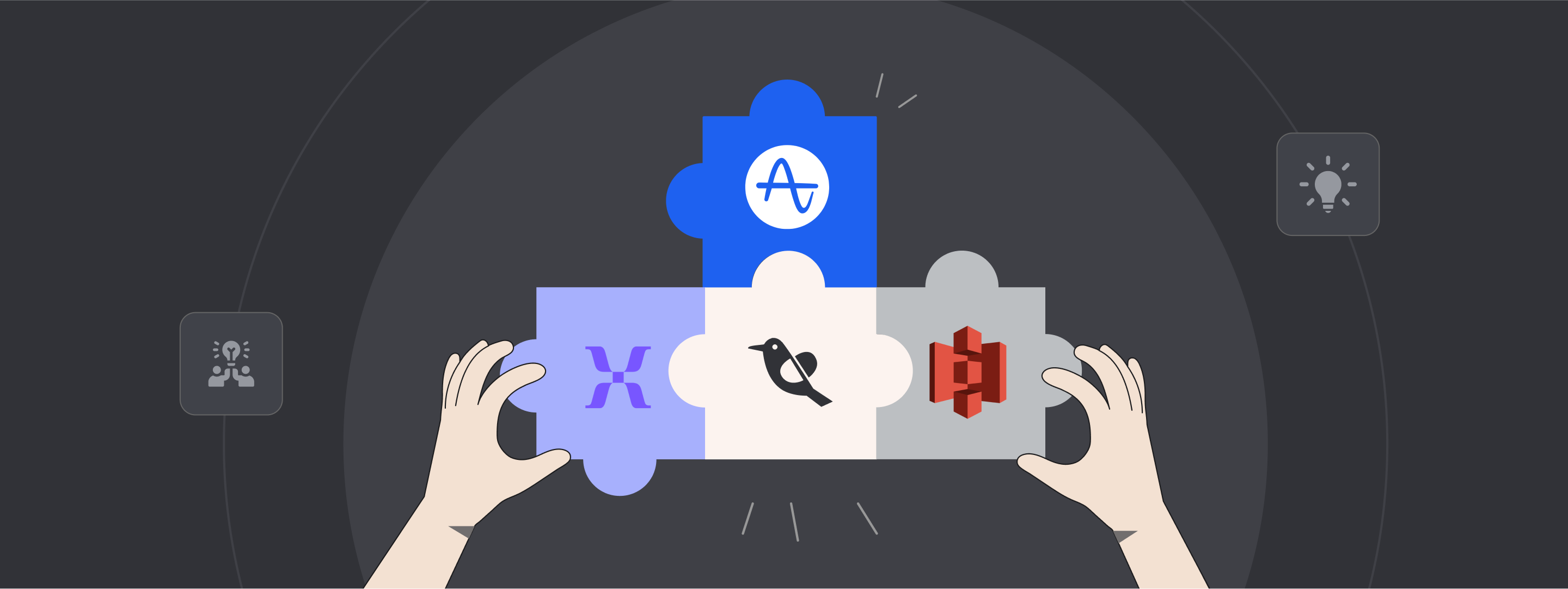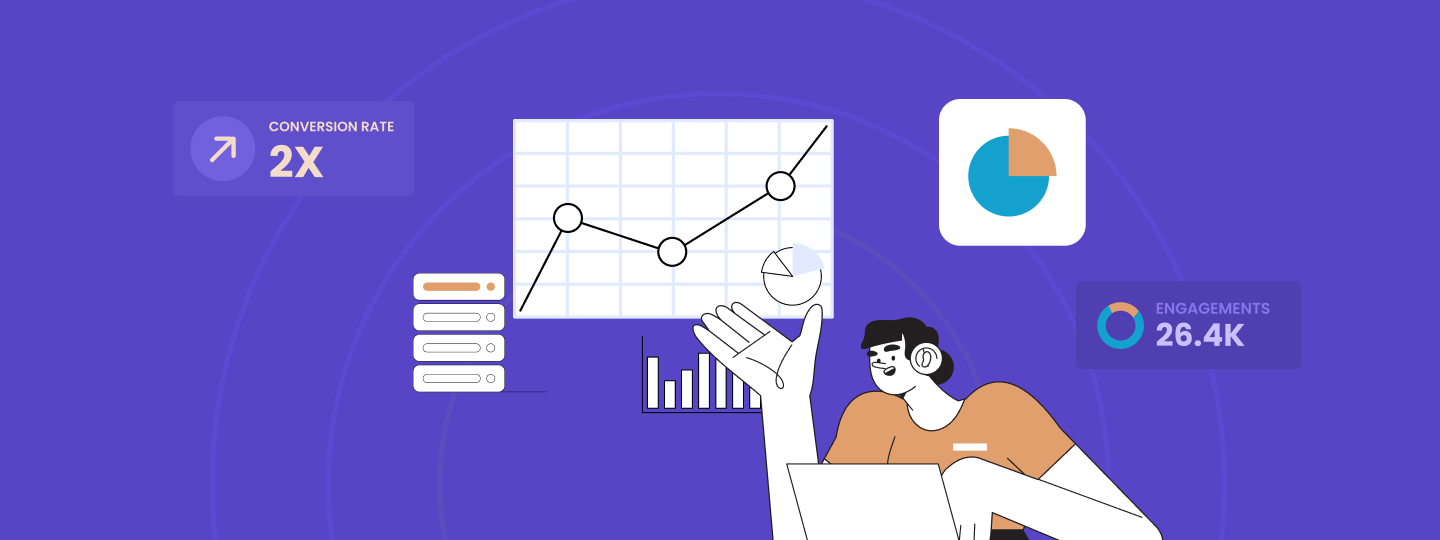You come across an irresistible pair of shoes while browsing on an app, which you save for a later purchase. The next day, you receive a communication nudging you to purchase the same pair of shoes you wish-listed. Sounds familiar?
Consumers expect a brand to remember their past behaviour and provide personalized experiences. According to a Google report, consumers are likely to spend 40% more than planned when experiences are highly personalized. Personalization is no longer optional but rather a norm. And as this practice becomes commonplace by the very hour, driving engagement becomes more challenging. So for marketers, what does a hyper-personalized strategy look like?
To go beyond personalization based on user action (such as product purchased, add to cart, and more), your strategy needs to:
![]() This is where WebEngage helps you enrich your Personalization strategy with:
This is where WebEngage helps you enrich your Personalization strategy with:
Recommendation – Let’s you personalize your communication with recommendations based on your users’ actions or events. For example, if a user purchases shoes, you can use our recommendation engine to suggest other products that the user might be interested in purchasing.
Catalog – Helps you keep all your product information up-to-date and helps you send relevant, personalized communications. For example, you can fetch the updated price information for a product from an uploaded Catalog and ensure you never send stale or incorrect data in your messages.
Let’s understand this in detail.
Take the next step in personalization with Recommendation
WebEngage’s recommendation engine lets you leverage existing user data to power your personalization strategy and enrich your communications. To get started with recommendations, here are 2 easy steps you need to follow:
Step 1: Build your recommendation strategy
Step 2: Select the relevant recommendation events while creating a message, using the personalization icon. (👤)
While building your recommendation strategy, you can select from two types of recommendations – personalized and static.
Personalized recommendations: Provides personalized recommendations for each user based on any custom event selected by you. These recommendations will differ as per each user’s actions. For example, User A adds shirts to the cart and User B adds shoes. Then, personalized recommendations for both these users for the add to cart event will be based on the products each has added to their cart.
Static recommendations: Recommend top products based on any custom event selected. For example, a static recommendation for the purchase made event will generate top products for that event. These recommendations are not user-specific but rather event-specific.
Please refer to our knowledge base for more information on how to navigate and use recommendations on your dashboard.
Update: You can also add filters to Catalog and Recommendation event columns while creating a Recommendation Strategy on the WebEngage dashboard. For eg, you can filter an E-Commerce Catalog based on a product rating greater than 4, ensuring only products with a rating of 4 or more are considered.
Similarly, for a recommendation event add to cart, category = shoes would ensure that products that match the above criteria would be considered in the final output by our recommendation engine.
How our Recommendation Engine works
Once you’ve created a recommendation strategy and your desired campaign (using any engagement channel on the WebEngage dashboard), you can now sit back, relax, and let our recommendation engine do its job! Our engine leverages machine learning to predict outcomes based on user’s actions. Put simply, here is what happens behind the scenes.
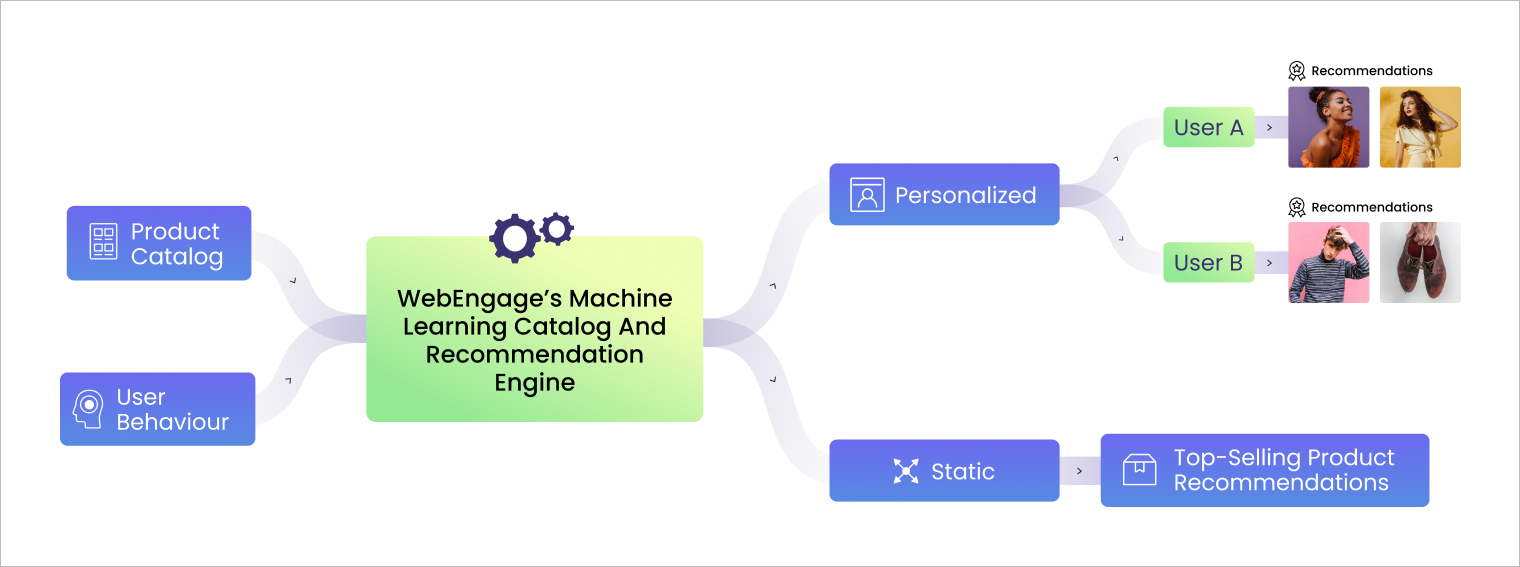
How to leverage Recommendation in your marketing campaigns
There are 2 ways you can incorporate recommendations in your marketing campaigns:
1. Provide personalized recommendations based on custom events
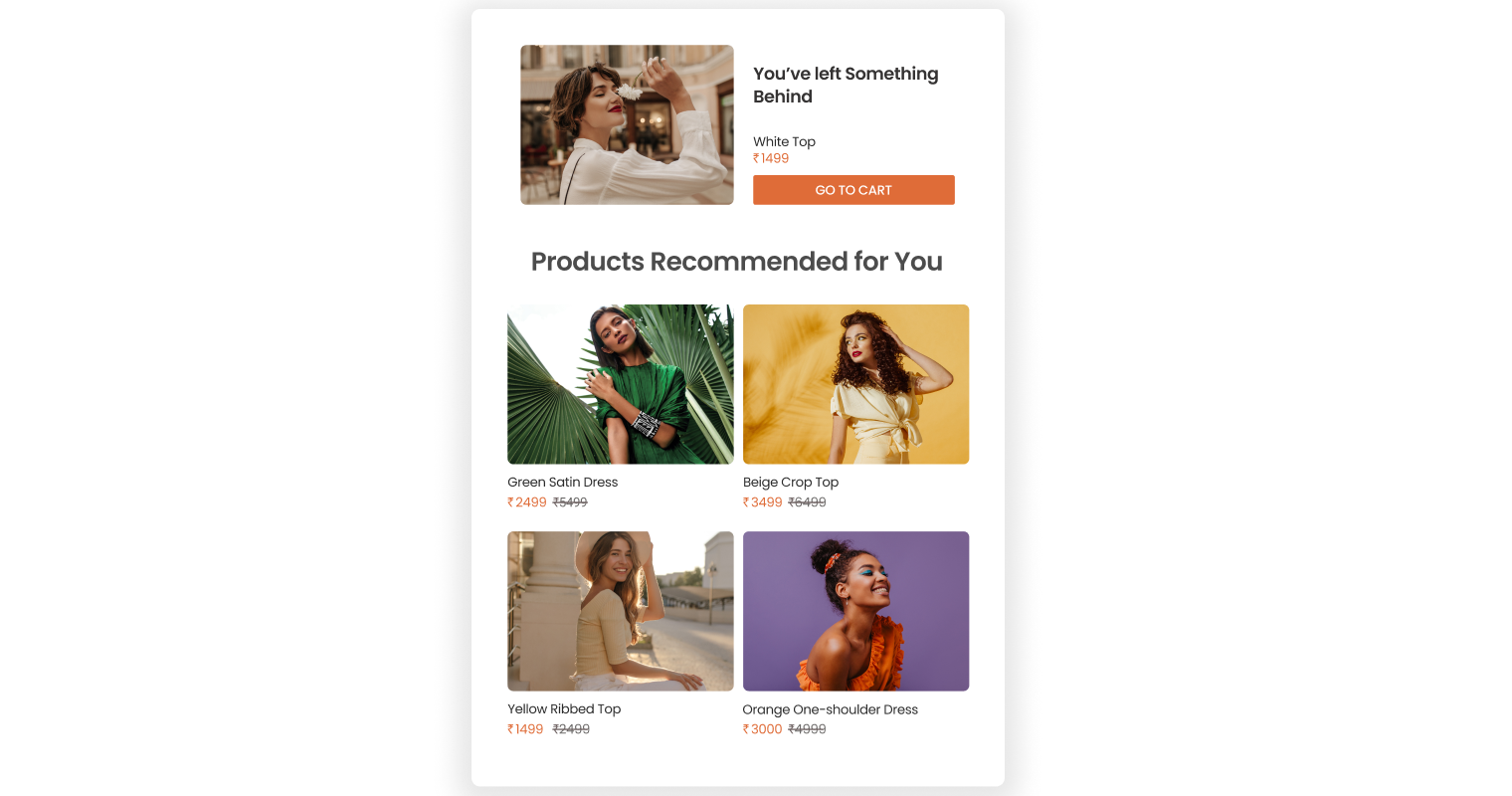
Generate recommendations for each user based on their actions for the custom event selected. Personalize recommendations for users based on add to cart, product purchased, product browsed events, and more. In our example above, we have shown recommendations based on add to cart event.
2. Highlight top-viewed or best-selling products
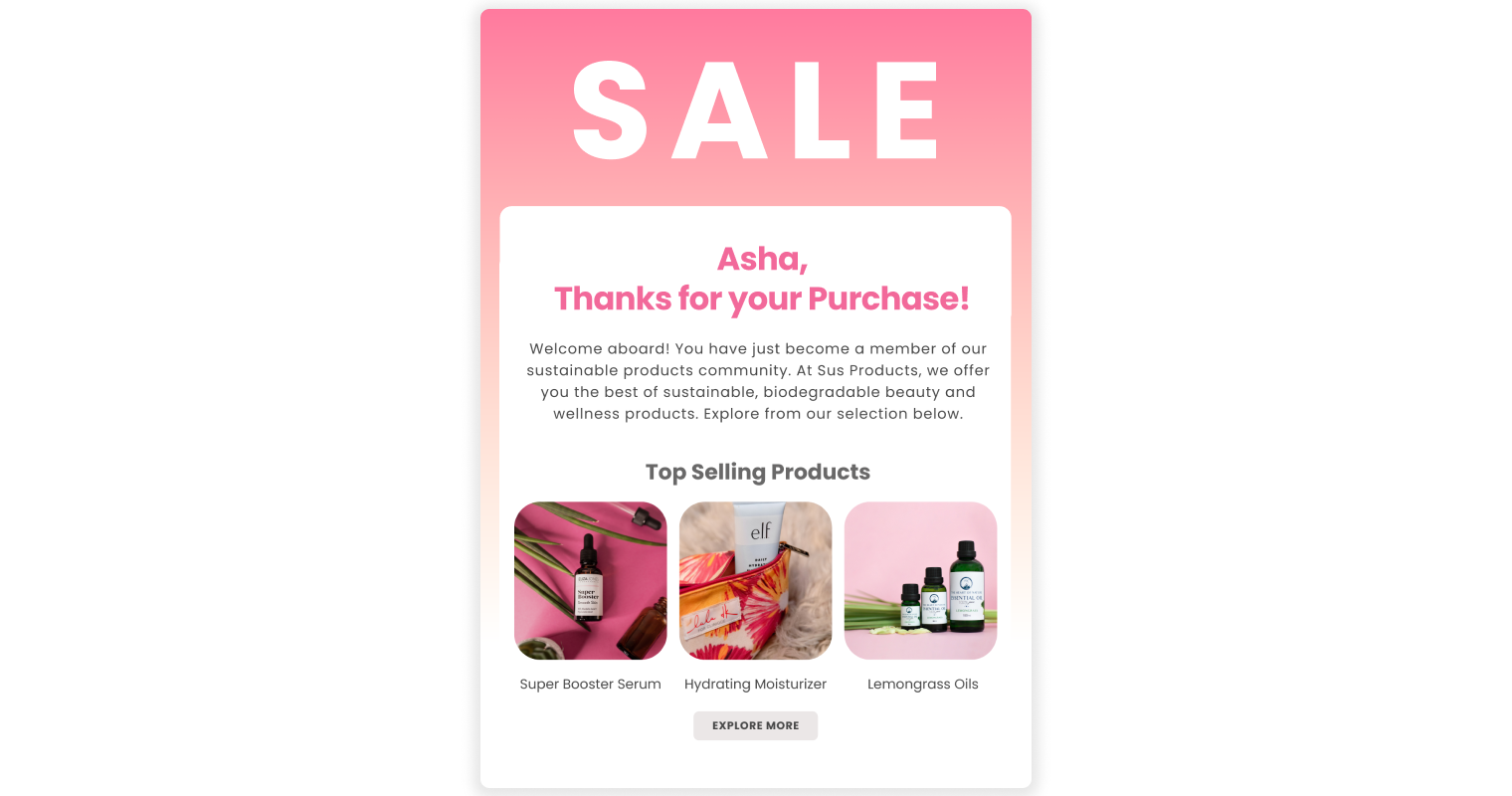
Showcase the best-selling or top-viewed products for any custom event. In our example above, we have highlighted the best-selling products for the custom event – purchase made.
Tip: While creating recommendation campaigns, use fallback support by adding default content to avoid sending blank data in your communications.
Augment personalized communication with Catalog
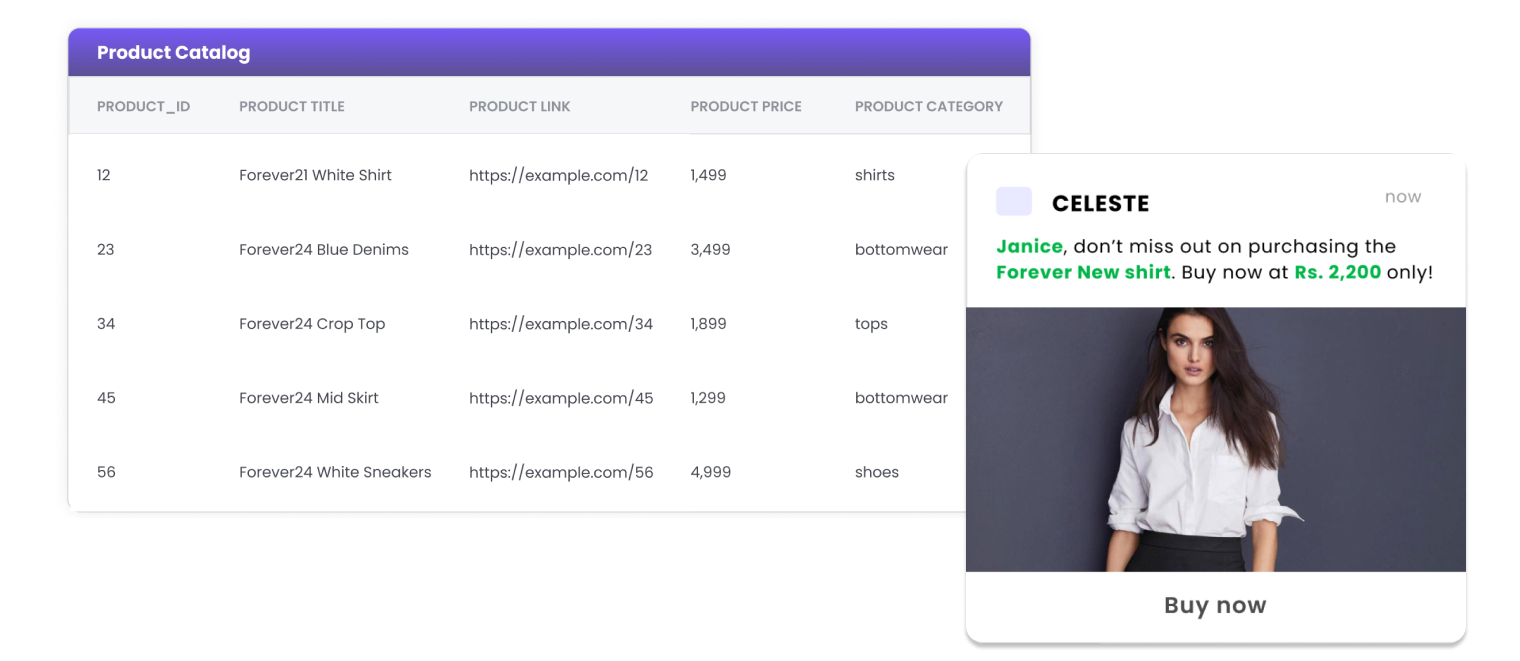
Catalog helps you fetch updated product information such as price, image, title, and more. It can also help you personalize your messages beyond custom events and user attribute data. For example, for any product ID you can upload product reviews or ratings in the catalog and use this information in your personalized communication.
Catalog can be used to:
- Update product information that is prone to changes such as price, image URL, and more
- Fetch product ratings and reviews that can be incorporated into communications
- Send updated course instructor details for an Edtech platform
- Keep users apprised of their loan application details and status
Update: In addition to Amazon s3, You can now update Catalogs from FTP/SFTP/HTTP(S) as well.
Use cases to achieve with Catalog and Recommendation
E-Commerce:
For an abandoned cart email, use Catalog to fetch updated product information such as product title, price, and more. Follow this up with recommendations based on each user’s add-to-cart event, as shown below.
Tip: You can also fetch the stock quantity of the product through Catalog.
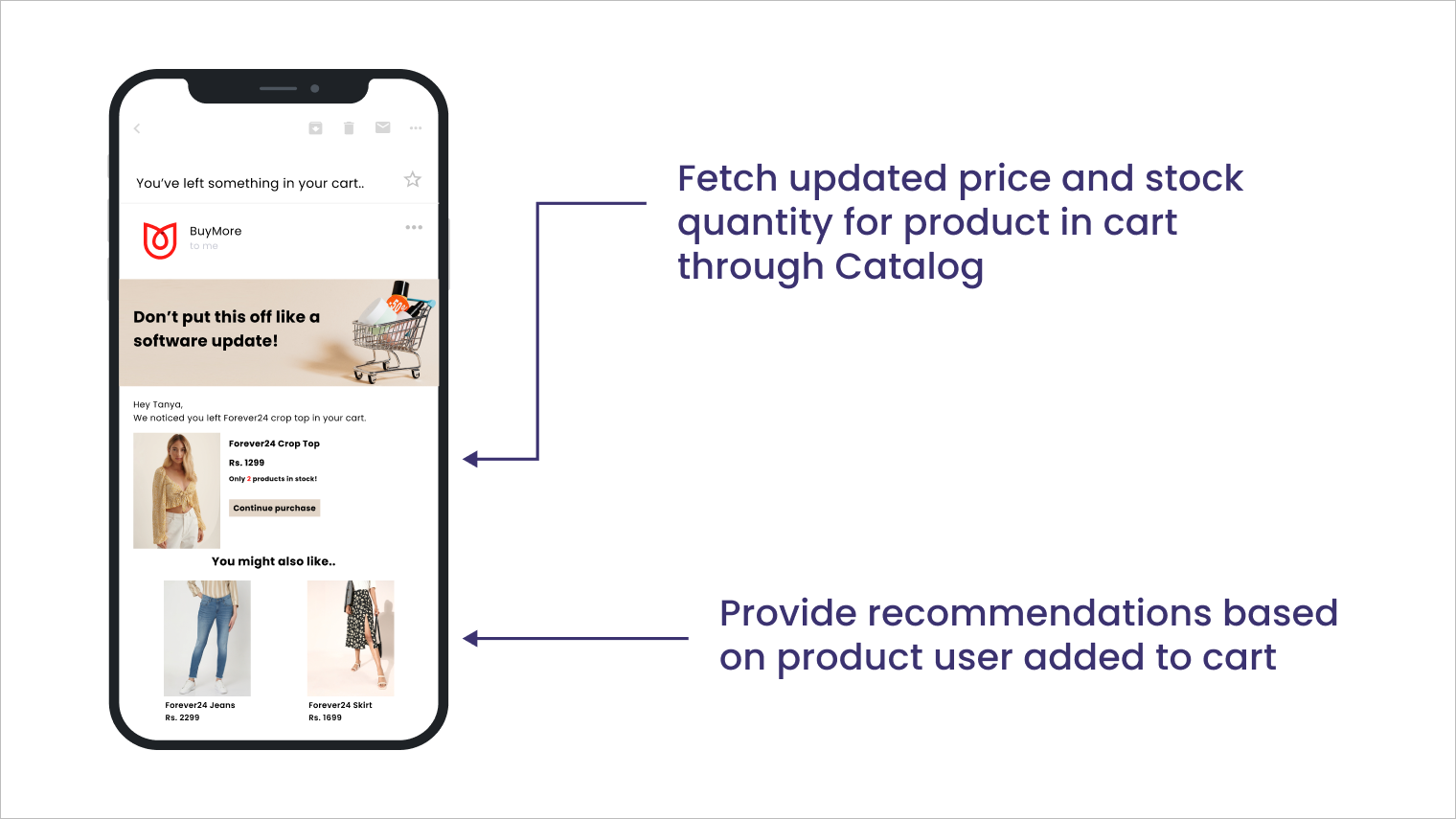
EdTech:
Upon successful course purchase, use Catalog to fetch relevant course information such as course name, duration, instructor details. Further, provide recommendations based on the course purchased.
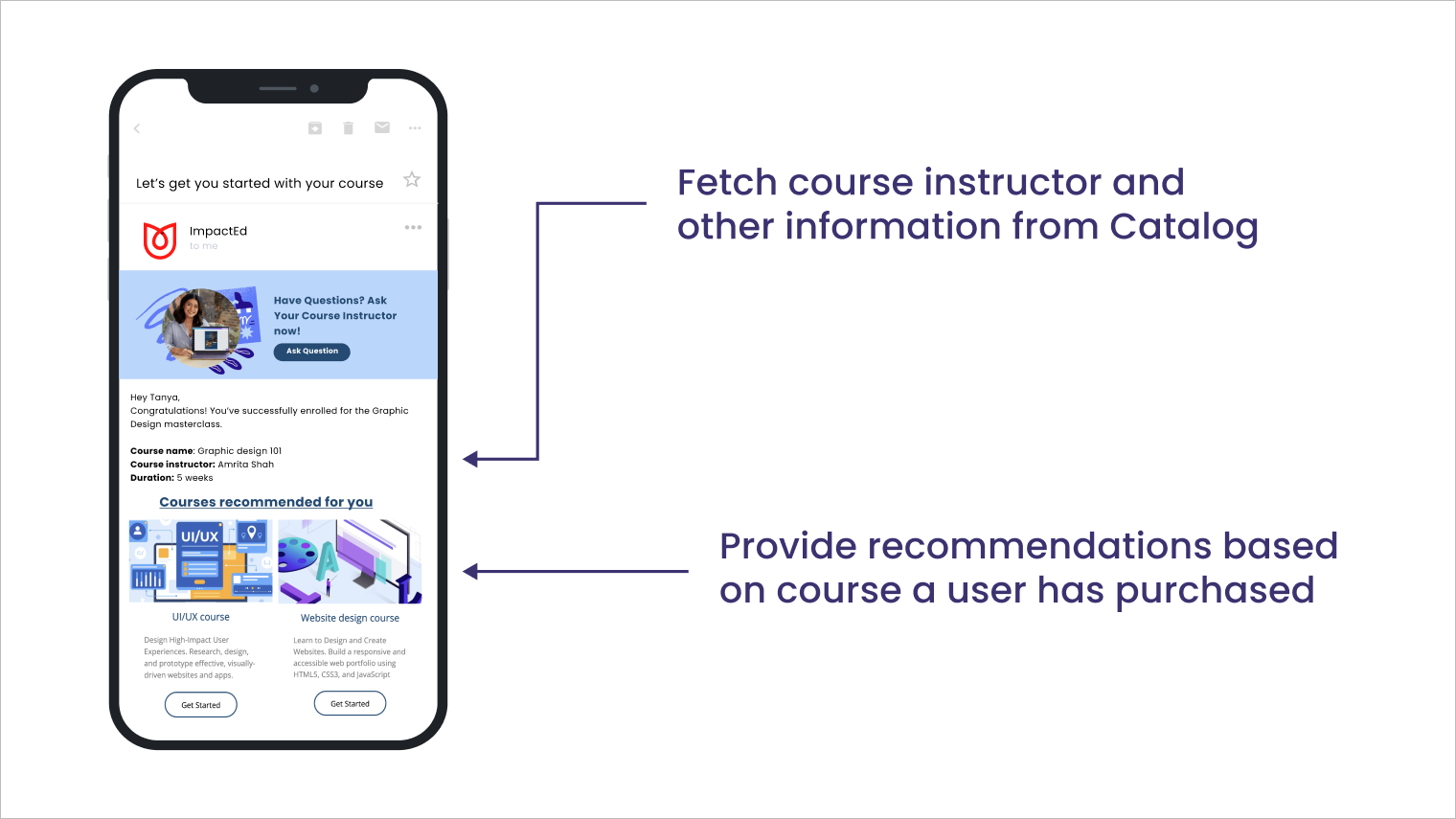
Media & Entertainment:
Nudge users to come back and interact on the platform. Fetch Catalog data on last interaction such as TV show or movie viewed and provide recommendations based on a user’s watchlist.
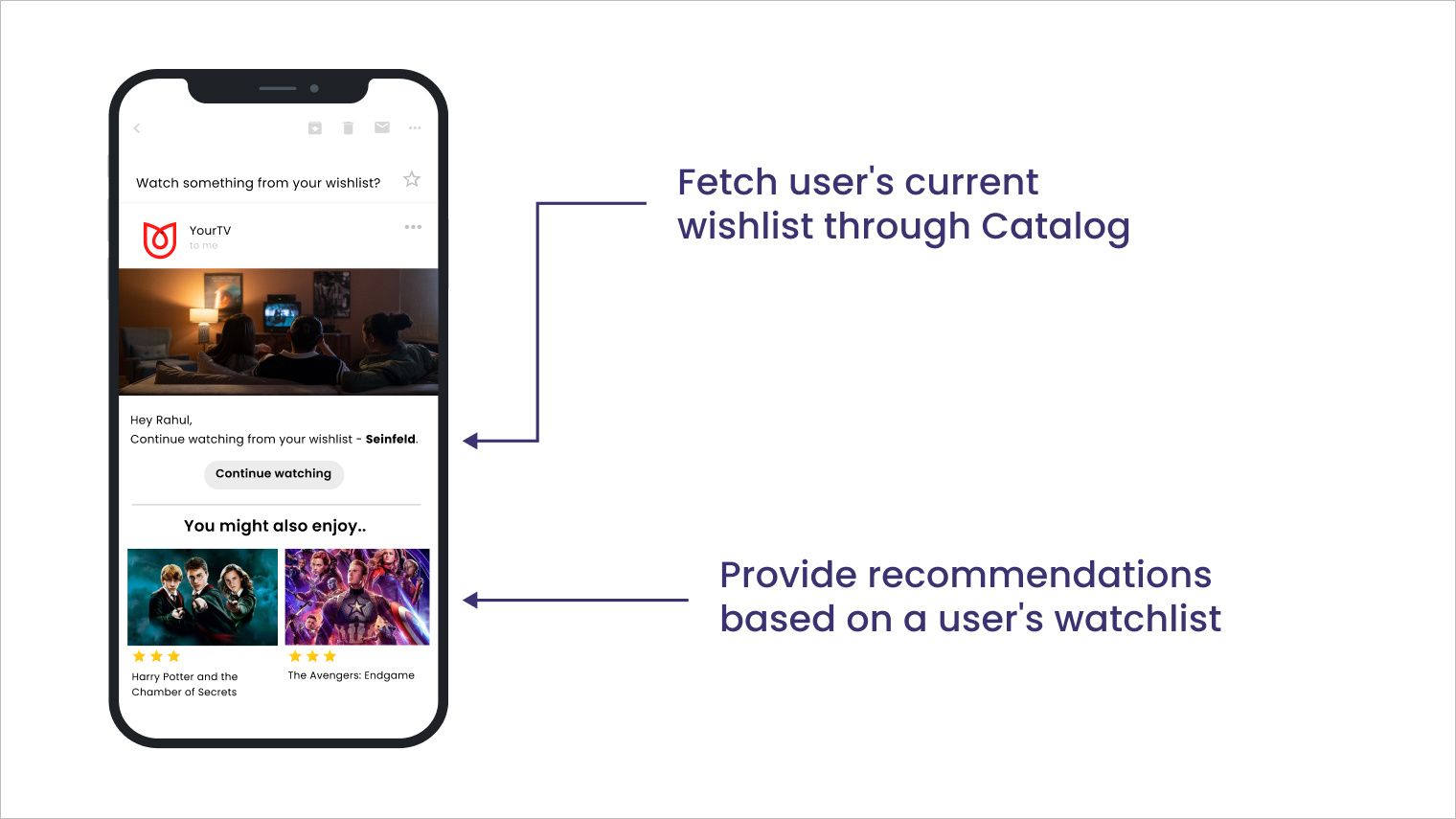
Fintech:
Update users about their investments by sending portfolio statements and showcasing top-rated or most bought investment avenues. You can also use this space to provide recommendations by different industry leaders.
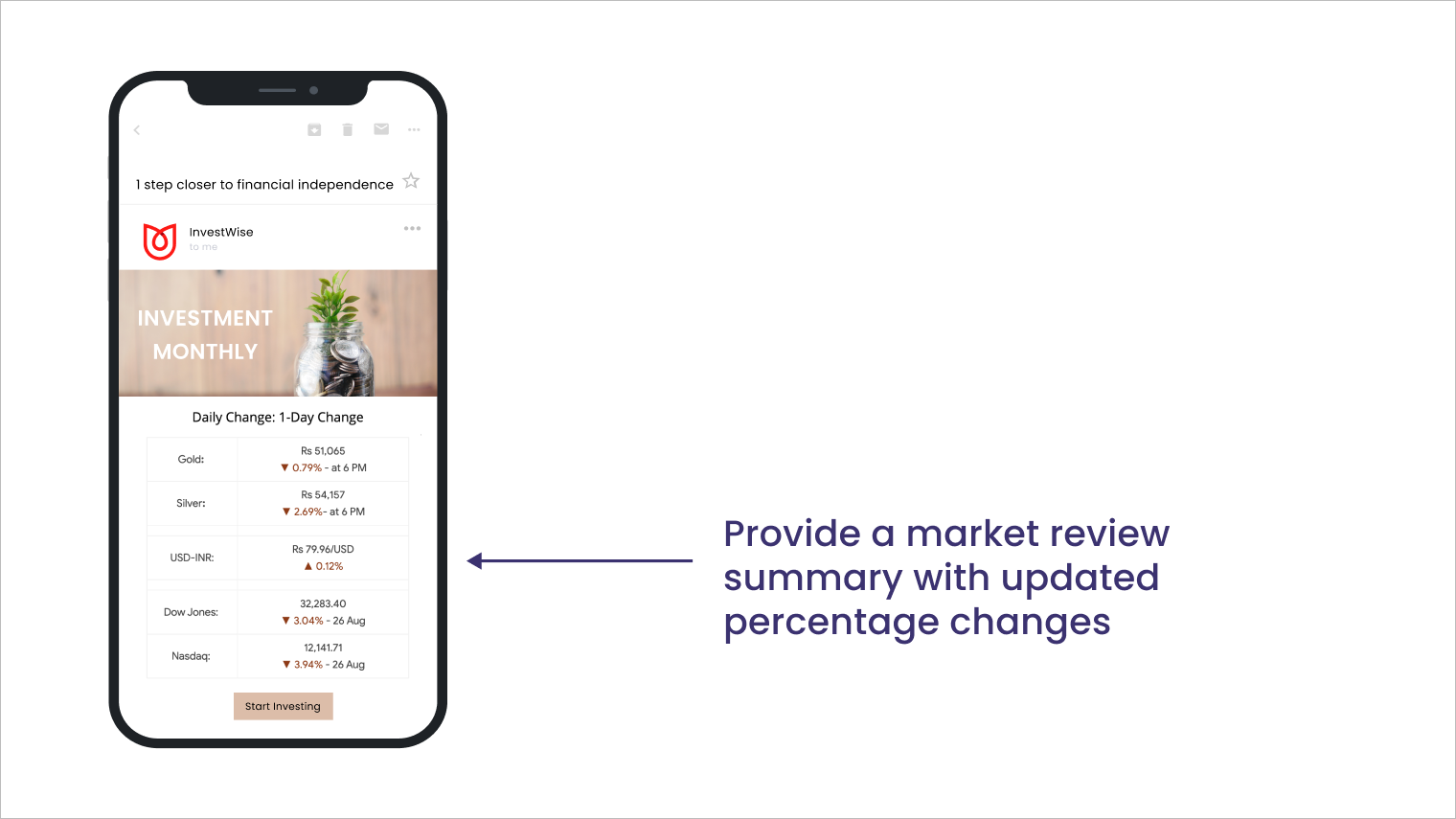
Travel & Hospitality:
Show users top activities or adventure sports to explore. You can also provide specific recommendations based on the user’s last purchased activity tickets or experiences added to the cart, and more.
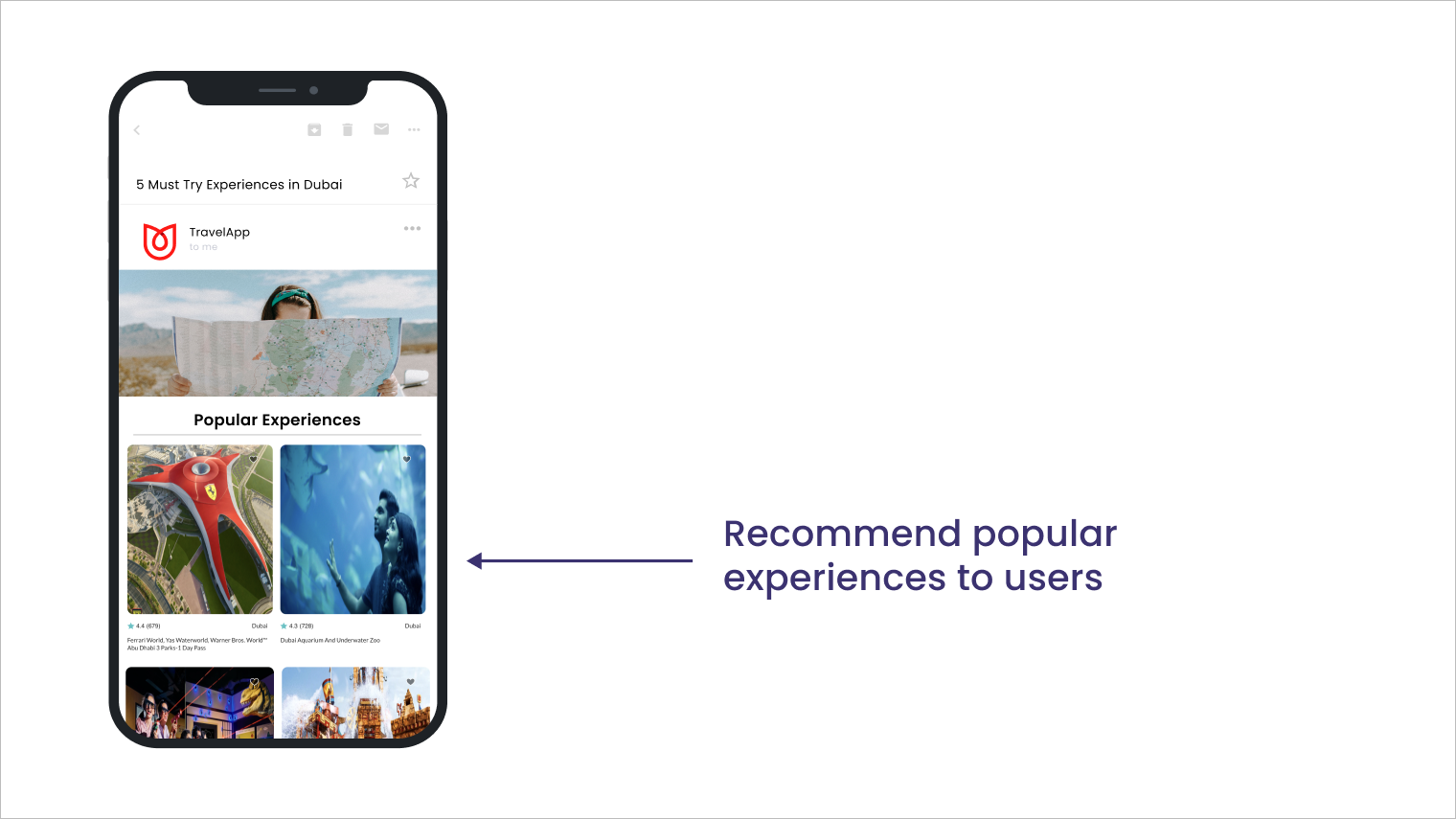
Wrapping Up
Hyper-personalization is the future. Make the most of it with our Recommendation and Catalog engine to enrich personalized messages, and boost engagement and conversions or your marketing efforts. We hope you try out these features and share your feedback. If you need more assistance, get in touch with your Customer Success Manager or reach out to product@webengage.com to get started.
Subscribe to our newsletter to stay updated on the latest in B2C marketing





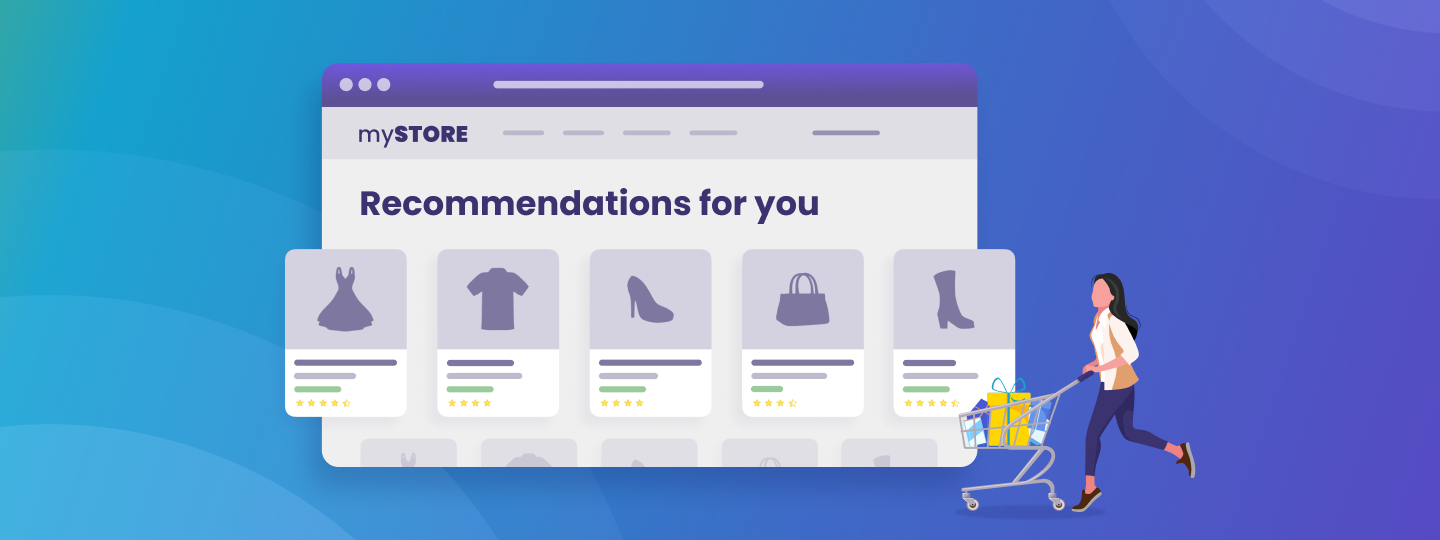

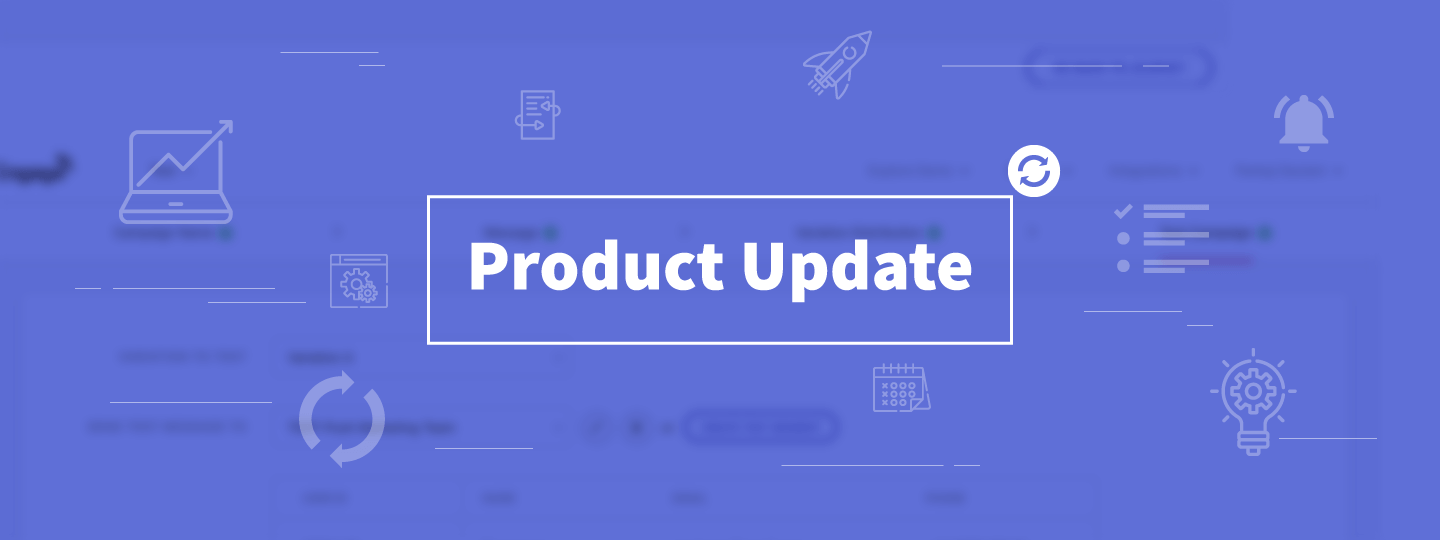
 Harshita Lal
Harshita Lal
 Prakhya Nair
Prakhya Nair
 Sanjay Mishra
Sanjay Mishra